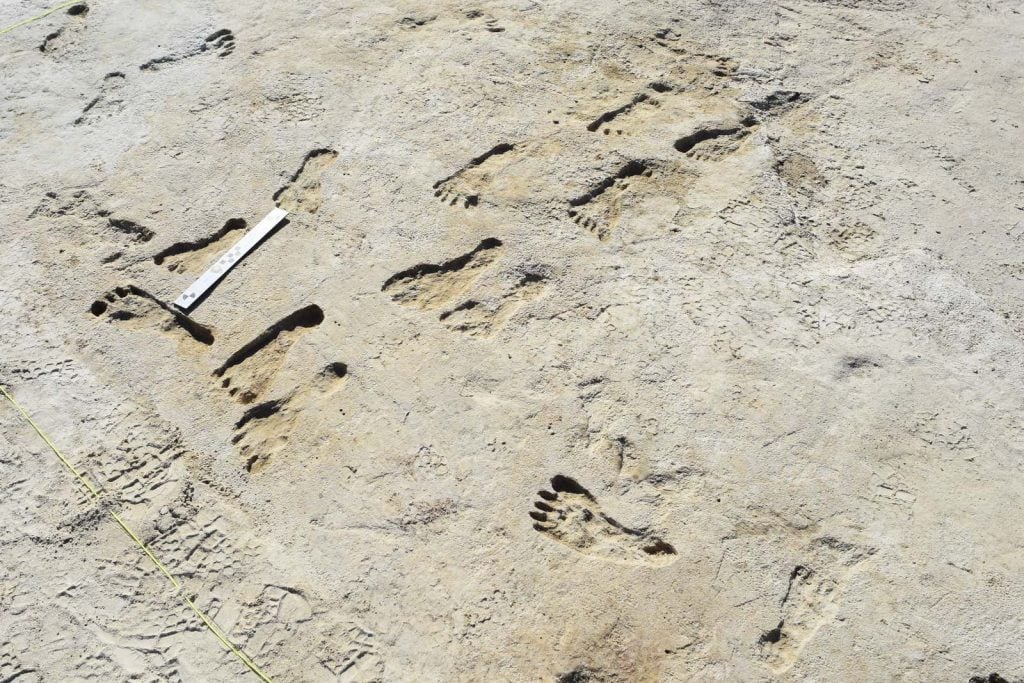Groundbreaking Discovery Rewrites the History of Humanity’s Arrival in North America
A Massive Shift in Our Understanding
The discovery of the oldest human footprints ever found in North America has the potential to redefine our understanding of prehistory. Dated to an astounding 23,000 years ago, these ancient imprints challenge the long-held “Clovis First” theory, which placed the first human arrivals in the Americas around 13,500 to 13,000 years ago. This finding represents a seismic shift in our knowledge of when and how the first people came to this continent, potentially pushing back the timeline of human migration by thousands of years.
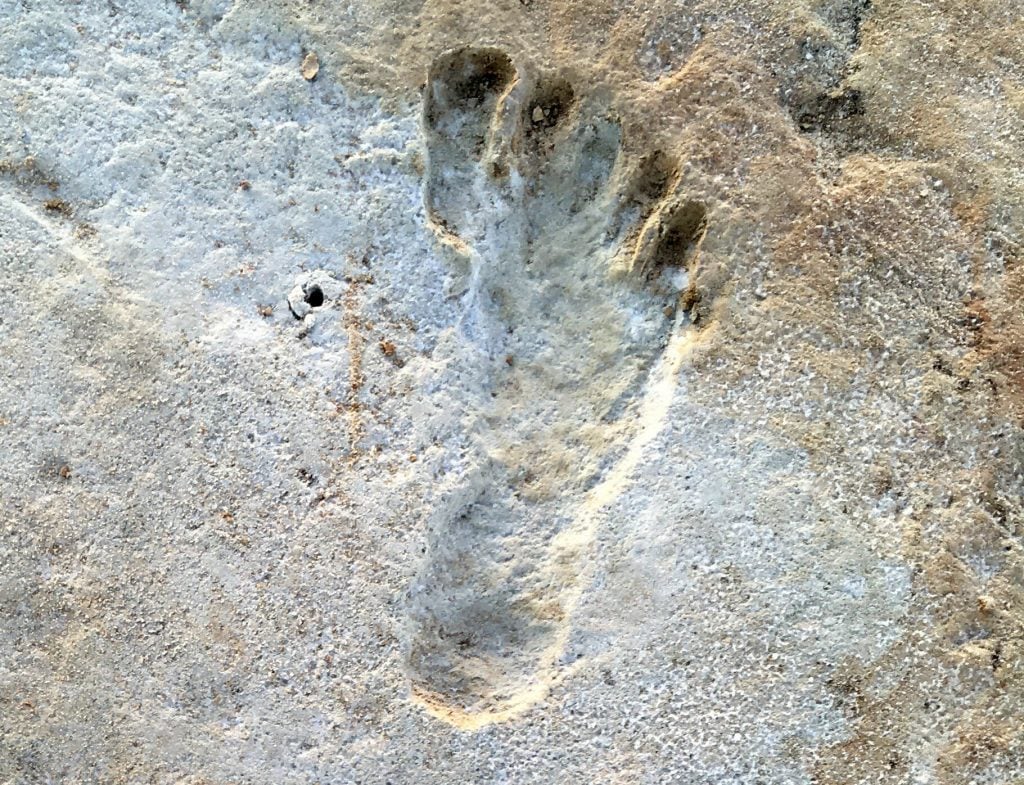
Unlocking the Secrets of the Past
The footprints were discovered in 2009 by archaeologist David Bustos at New Mexico’s White Sands National Park. Preserved in the mud of an ancient lakeshore, these fossilized impressions provide a tangible link to the past. Radiocarbon dating of Ruppia cirrhosa, an aquatic ditch grass trapped in the footprints, revealed their incredible age – between 22,800 and 21,130 years old. This unprecedented discovery offers a rare window into the daily lives and movements of our ancient ancestors, shedding light on their adaptation to the environment and potential interactions with the megafauna that roamed the region at the time.
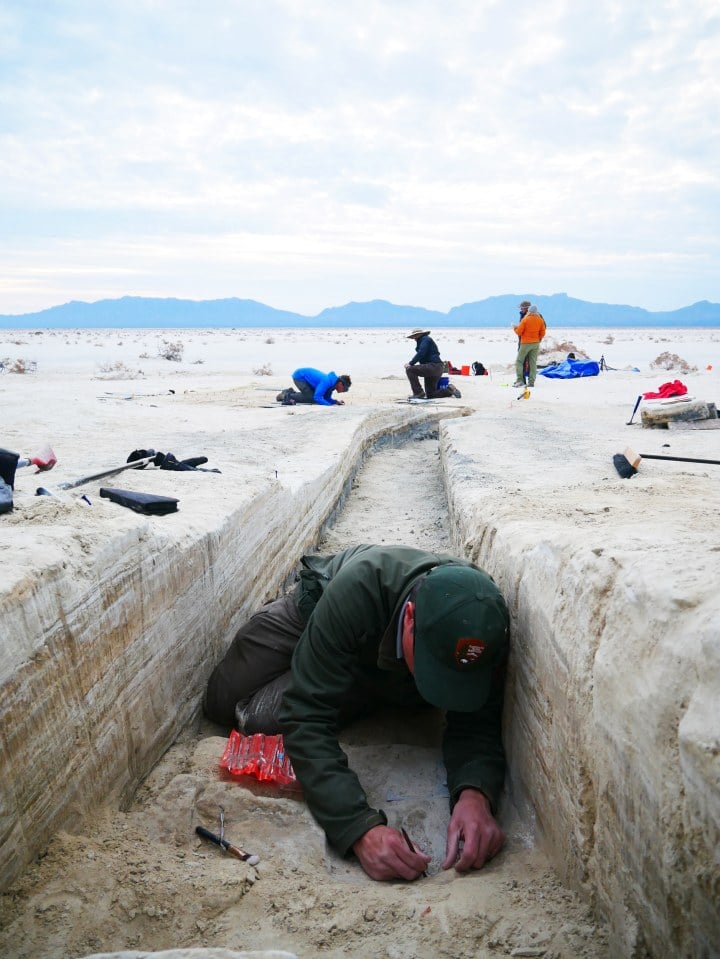
Challenging Long-Held Beliefs
This groundbreaking discovery challenges the widely accepted “Clovis First” theory, which held that the first humans in North America were the Clovis people, who arrived via a land bridge from Siberia around 13,500 to 13,000 years ago. The new evidence suggests that prehistoric humans were present in the Americas thousands of years earlier, potentially even before or during the last Ice Age. This upends the traditional narrative of how and when the first people came to the New World, forcing archaeologists and anthropologists to rethink their understanding of human migration patterns and the peopling of the Americas.
A Shift in the Timeline of Human History
“This new study provides the first unequivocal evidence of a sustained human presence in the Americas thousands of years earlier than most archaeologists thought was likely,” said Thomas Urban, a research scientist with the Cornell Tree Ring Laboratory. If the dating of these footprints is accurate, it fundamentally alters our understanding of the timeline of human migration and settlement in North America. The implications of this discovery extend far beyond the Americas, as it has the potential to reshape our broader understanding of human prehistory and the global dispersal of our species.
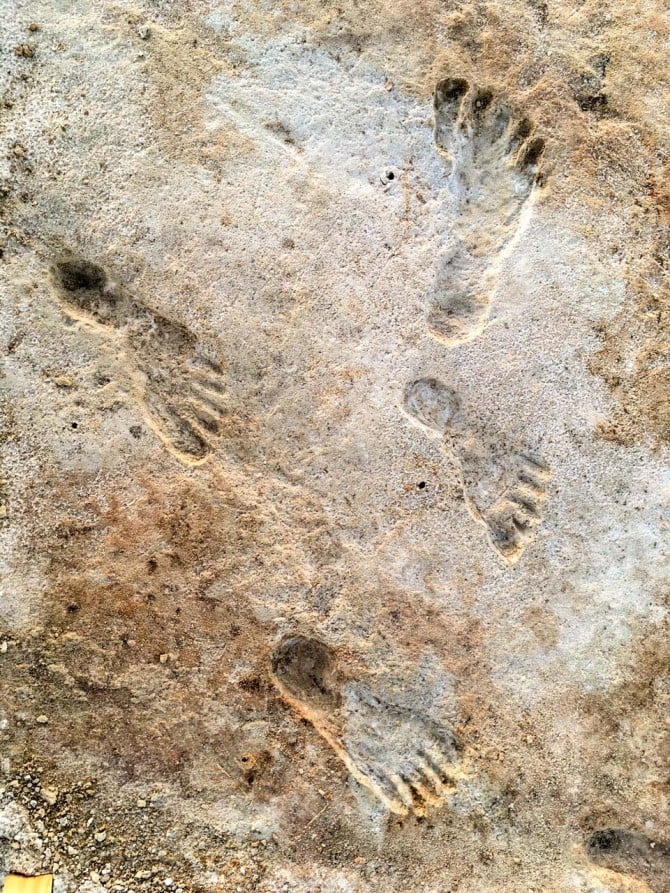
Ongoing Debates and Discoveries
The “peopling of the Americas” has long been a contentious topic in archaeology, with divisions and “almost religious zeal” among researchers. Recent discoveries, such as the 14,500-year-old Monte Verde site in Chile and the 30,000-year-old stone tools found in Chiquihuite Cave in Mexico, have already challenged the Clovis First theory. As more evidence emerges, it is clear that the timeline of the first human arrivals in the Americas will continue to be revised, shedding new light on the complex story of our species’ journey across the globe.
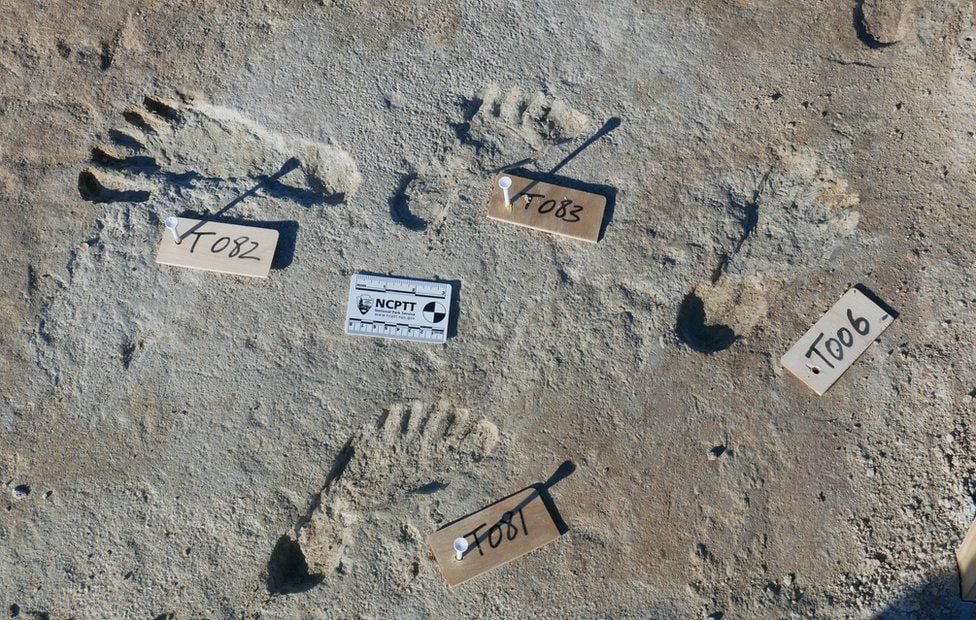
A Window into the Past
The White Sands footprints provide a rare and invaluable glimpse into the lives of these ancient inhabitants. Experts believe the former lake was continually occupied by humans for around 2,000 years, and that the lake shrank over time as temperatures rose. Interestingly, many of the footprints were left by children and teenagers, offering a unique perspective on the daily lives of these early Americans. This insight into their movements, behaviors, and adaptations to the environment is invaluable for understanding the ways in which these pioneering humans thrived in this region.
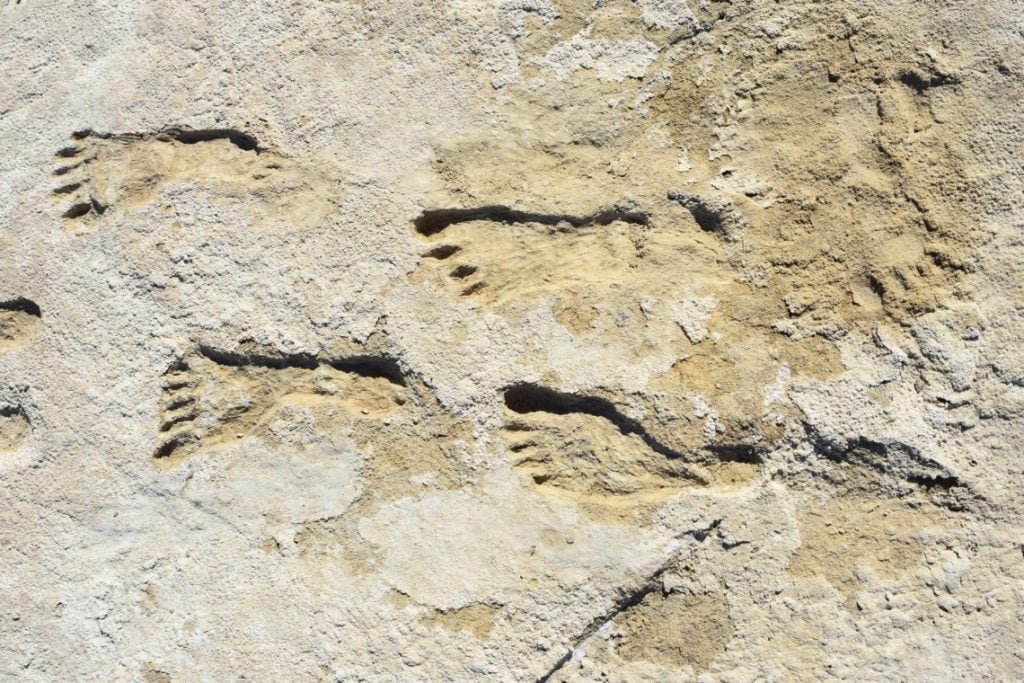
Implications for the Future
The discovery of the oldest human footprints in North America has the potential to rewrite our understanding of human history and migration patterns. As more evidence emerges, it is likely that the timeline of the first human arrivals in the Americas will continue to be revised, shedding new light on the complex story of our species’ journey across the globe. This discovery also underscores the importance of ongoing archaeological research and the potential for future finds to challenge our long-held beliefs and assumptions about the past. By embracing these new discoveries, we can gain a richer, more nuanced understanding of our shared human story and the evolution of our species.
